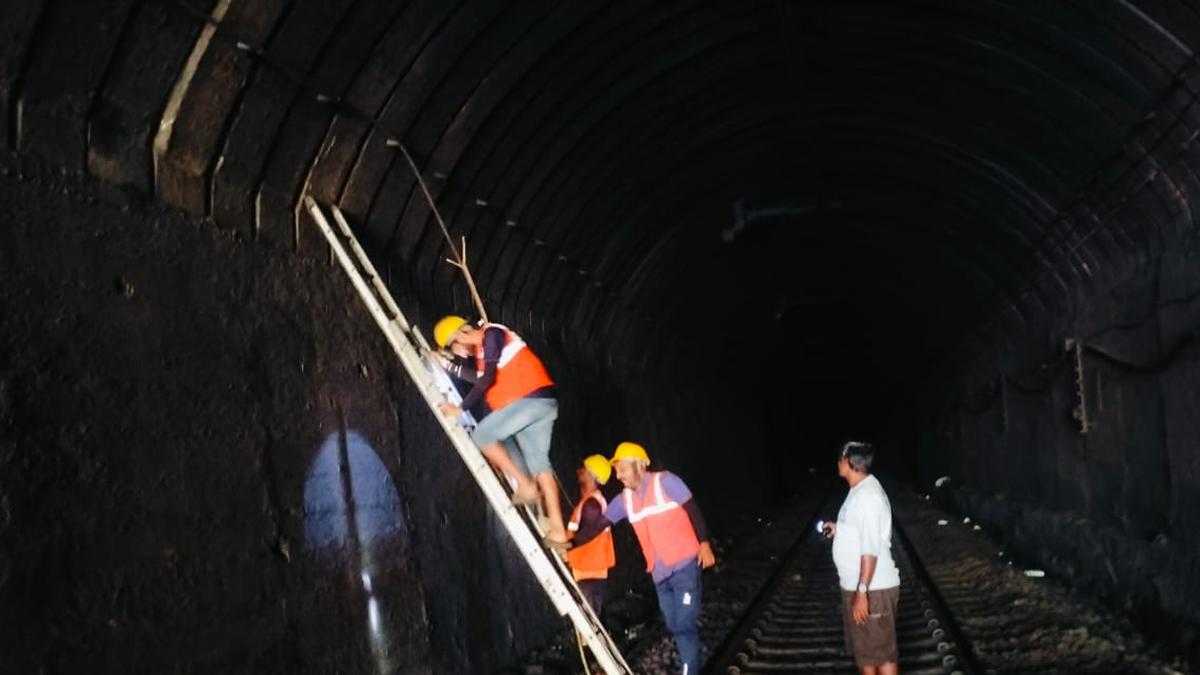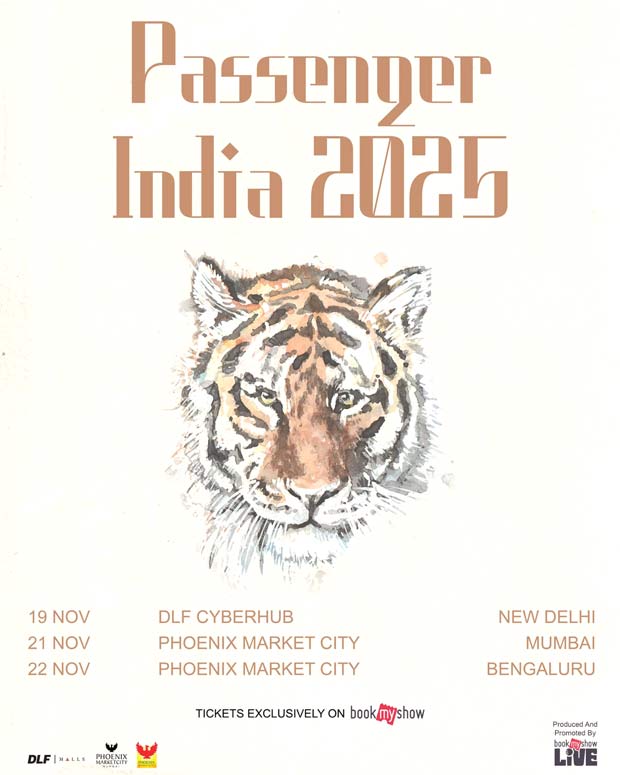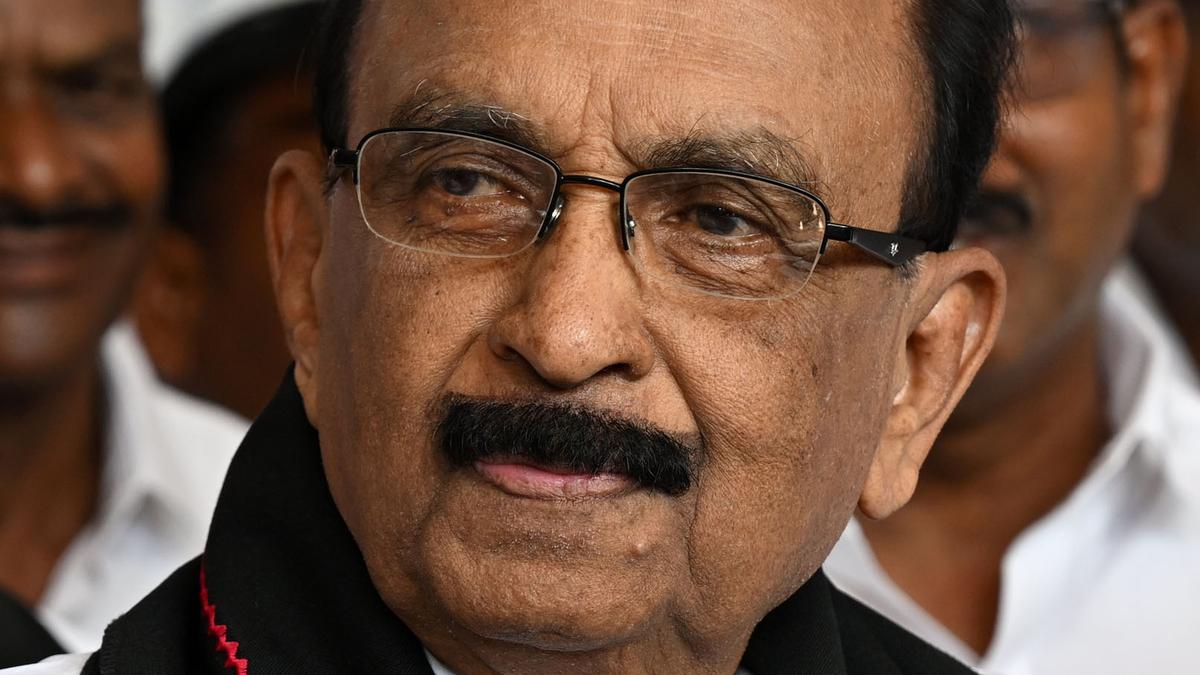The South Western Railway (SWR) is set to implement an advanced Tunnel Radio Communication System in the Castle Rock–Kulem stretch of the Braganza Ghats, located on the Karnataka-Goa border within the Western Ghats.
| Photo Credit: Special arrangement
In a significant move to boost safety and operational efficiency in one of India’s most challenging railway sections, South Western Railway (SWR) is set to implement an advanced Tunnel Radio Communication System in the Castle Rock–Kulem stretch of the Braganza Ghats, located on the Karnataka-Goa border within the Western Ghats.
The 26-km section cuts through the Western Ghats, a UNESCO World Heritage Site, and is known for its steep 1-in-37 ruling gradient, dense forest cover, and iconic monsoon-fed Dudhsagar Falls. The line, which includes remote stations such as Caranzol, Dudhsagar, and Sonalium, serves both tourists and railway personnel. However, according to SWR officials, the lack of road access and a persistent “radio black-out” inside the 16 tunnels on this route have long posed safety and communication challenges.
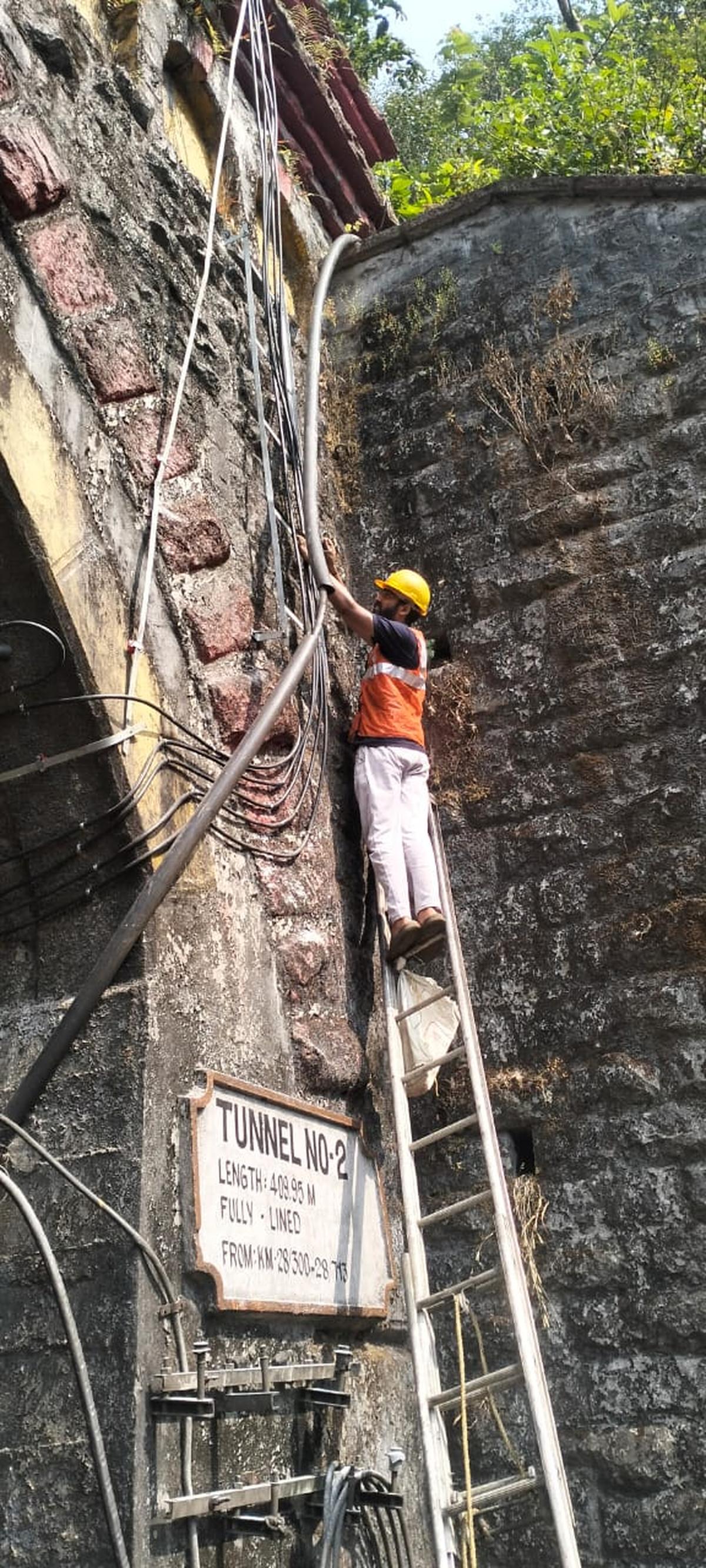
The 26-km section cuts through the Western Ghats, a UNESCO World Heritage Site, and is known for its steep 1-in-37 ruling gradient, dense forest cover, and iconic monsoon-fed Dudhsagar Falls.
| Photo Credit:
Special arrangement
Speaking to The Hindu, Manjunath Kanmadi, Chief Public Relations Officer (CPRO) of South Western Railway, said, “We are installing a cutting-edge radio communication network that brings four separate railway communication channels — VHF, Locotrol, GSM-R and LTE-R — into every tunnel. This is being done using optical-fibre backbones, high-gain repeaters and leaky-feeder cables.”
The total cost of the project is ₹12.21 crore, and it is expected to be completed by October 2025.
Mr. Kanmadi explained that the system will ensure continuous communication between train drivers, guards, station masters, and control rooms, even inside the tunnels. “This will significantly improve safety during operations in this ecologically sensitive and remote area. Maintenance teams will also be able to call for assistance instantly,” the he added.
Radio system used in UK, Japan rail networks
Officials say that the technology mirrors global best practices. SWR’s approach is similar to those implemented in leading railway systems around the world.
“The UK’s Crossrail (Elizabeth Line) has employed leaky-feeder cables and GSM-R for uninterrupted communication inside London’s tunnels. In Japan, the Shinkansen network has tested LTE-R and 5G systems for ultra-fast, low-latency train control in tunnels. Metro systems such as the London Underground also use long leaky-feeder antennas to maintain consistent radio coverage. By adopting this world-class architecture, SWR is joining a group of railways using top-tier communication systems,” Mr. Kanmadi noted.
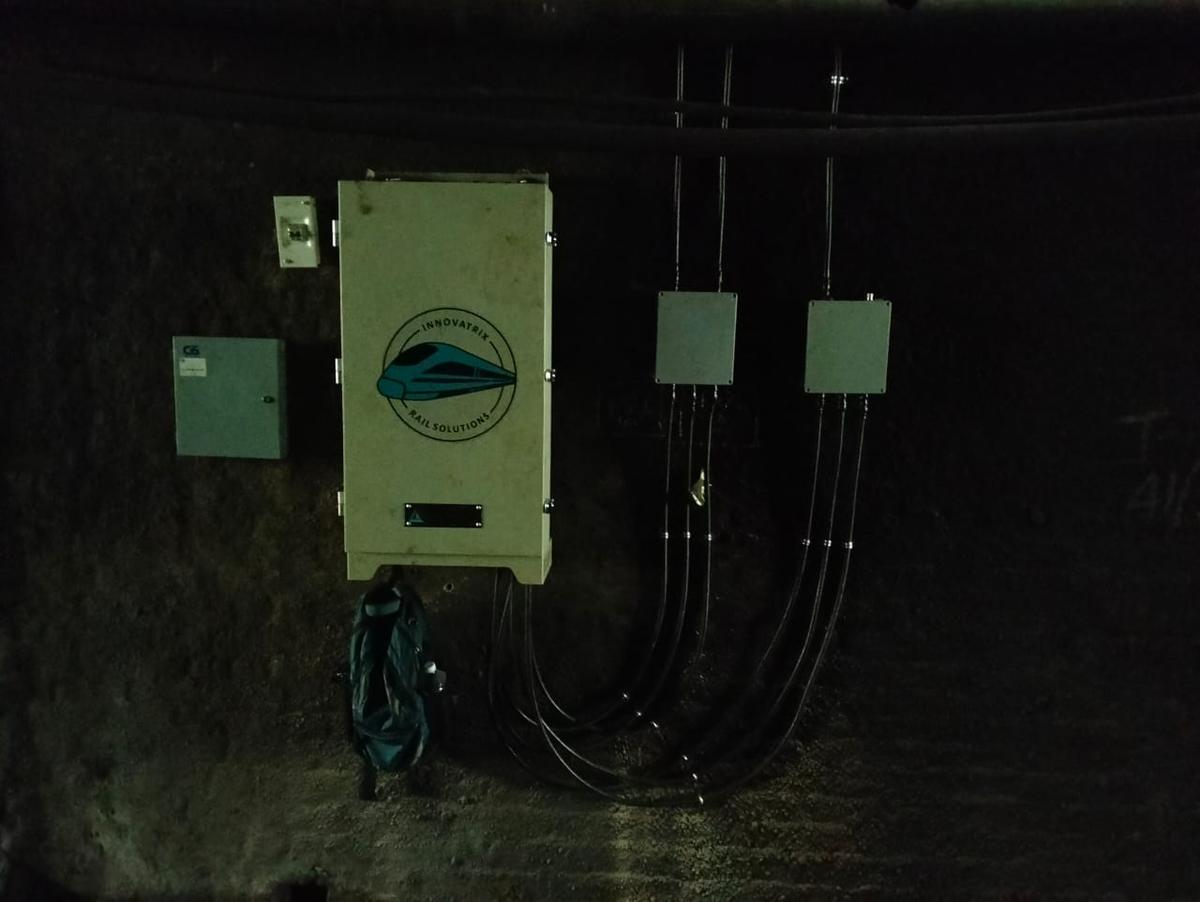
The project will ensure continuous radio coverage to enable quicker emergency responses in the event of a breakdown or landslip.
| Photo Credit:
Special arrangement
The benefits of the project are that continuous radio coverage will enable quicker emergency responses in the event of a breakdown or landslip. According to officials, it will also allow better coordination between lead and banking locomotives, which is vital on the steep gradients of the ghats. Passengers will benefit from safer journeys, and staff will have a more secure and responsive working environment.
Published – June 10, 2025 05:42 pm IST


